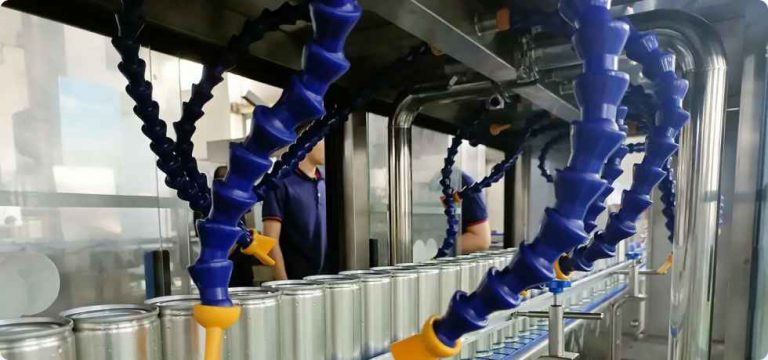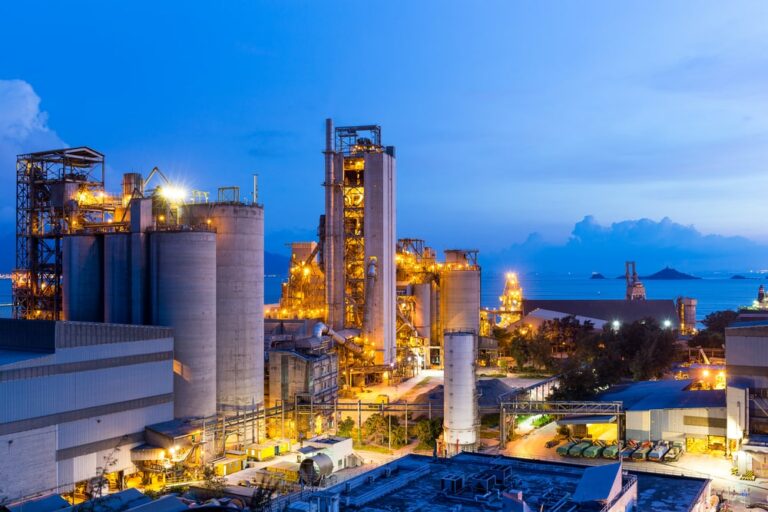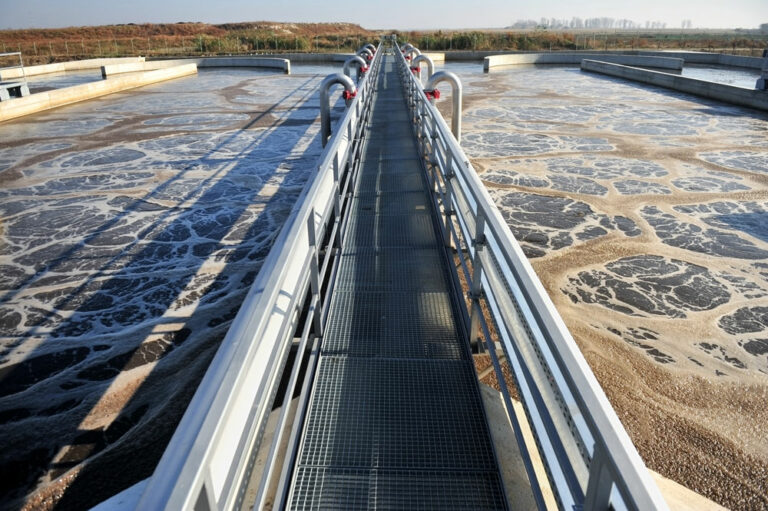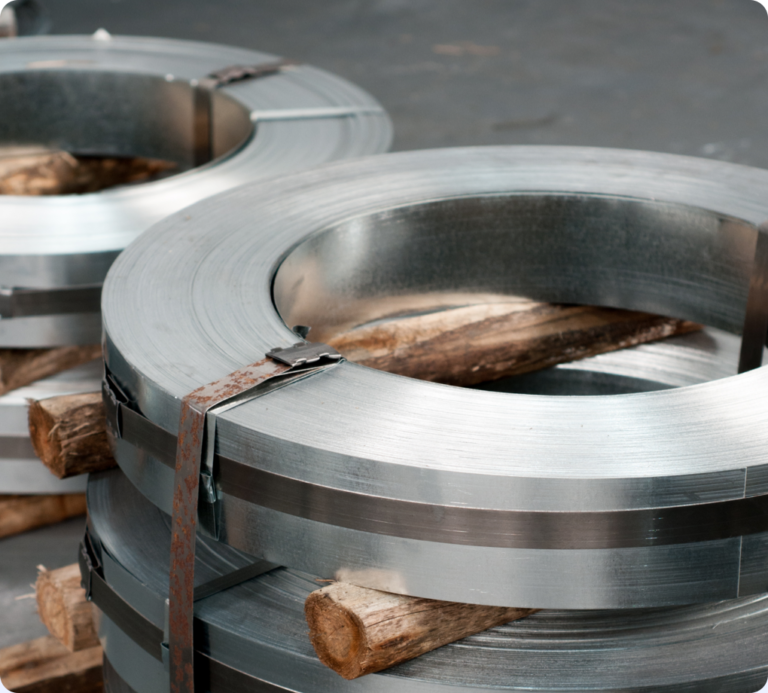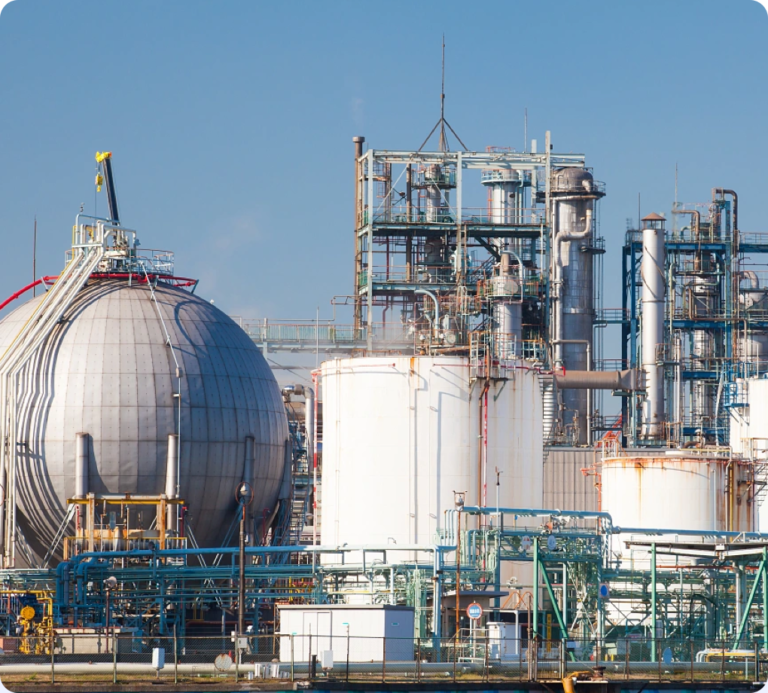Many end user is confused why the blower technology is upgraded to turbo blower? Comparing with traditional roots blower,single-stage and multistage centrifugal blower,blower air RAETTS centrifugal air suspension blower and maglev turbo blower has simple structure:they don’t need coupling connection and oil-lubrication.The daily maintenance of turbo air blower only need to change the dust filter.The main parts of the turbo blower is including high speed permanent magnet synchronous motor(efficiency is about 97%),ternary flow impeller(Variable efficiency up to 87%),suspension bearing(air foil bearing or maglev bearing),VFD, and PLC control system.The traditional industrial air blowers normally use three-phase asynchronous motor(efficiency is about 88%),lobe impeller(efficiency is about 60%),ball bearing,belt or coupling connection. blower airSince the air turbo blowers don’t need belt or coupling for connection,so there is not energy lost during transmission.The efficiency of the turbo blower is about 76% while the roots air blower efficiency is about 40% and multistage air blower efficiency is about 50%.The total energy saving of centrifugal turbo blower is about 25%-30%,comparing with traditional roots blower or other type centrifugal blower.

RAETTS Konrad type portable air blower,high volume air blower
RAETTS maglev turbo blowers are suitable for frequently start-stop working conditions,the applications of this blower air is including municipal wastewater treatment plant,sewage treatment plant,effluent water treatment plant,industrial waste water treatment plant(such as textile,automobile,Battery,PCB,etc),desulfurization and denitrification,backwash process and so on.high volume air blower
24 months warranty for the whole blower air
blower air good quality,good performance,good price,wide range applications,low noise
payment info:T/T(30% advance payment,70% before shipment)high volume air blower
Origin information:made in China
RAETTS high speed centrifugal blower have two different type:belt-drive type and direct-drive type.Direct-drive type has higher efficiency than belt-drive type.This type of centrifugal air blower is widely used as the air source of air knife drying system.The applications of this centrifugal blower is including:beer/beverage bottle drying,can drying,jar drying,food drying before packing,PCB board drying,glass drying and so on.The firect-drive type high speed centrifugal blower has higher efficiency,which means it has higher air flow and air pressure,some customers also use it for aquaculture oxygen.blower air
24 months warranty for the whole blower air
blower air compact size,small footprint,lower noise no more than 65dB,easy maintenance
Selection parameters table
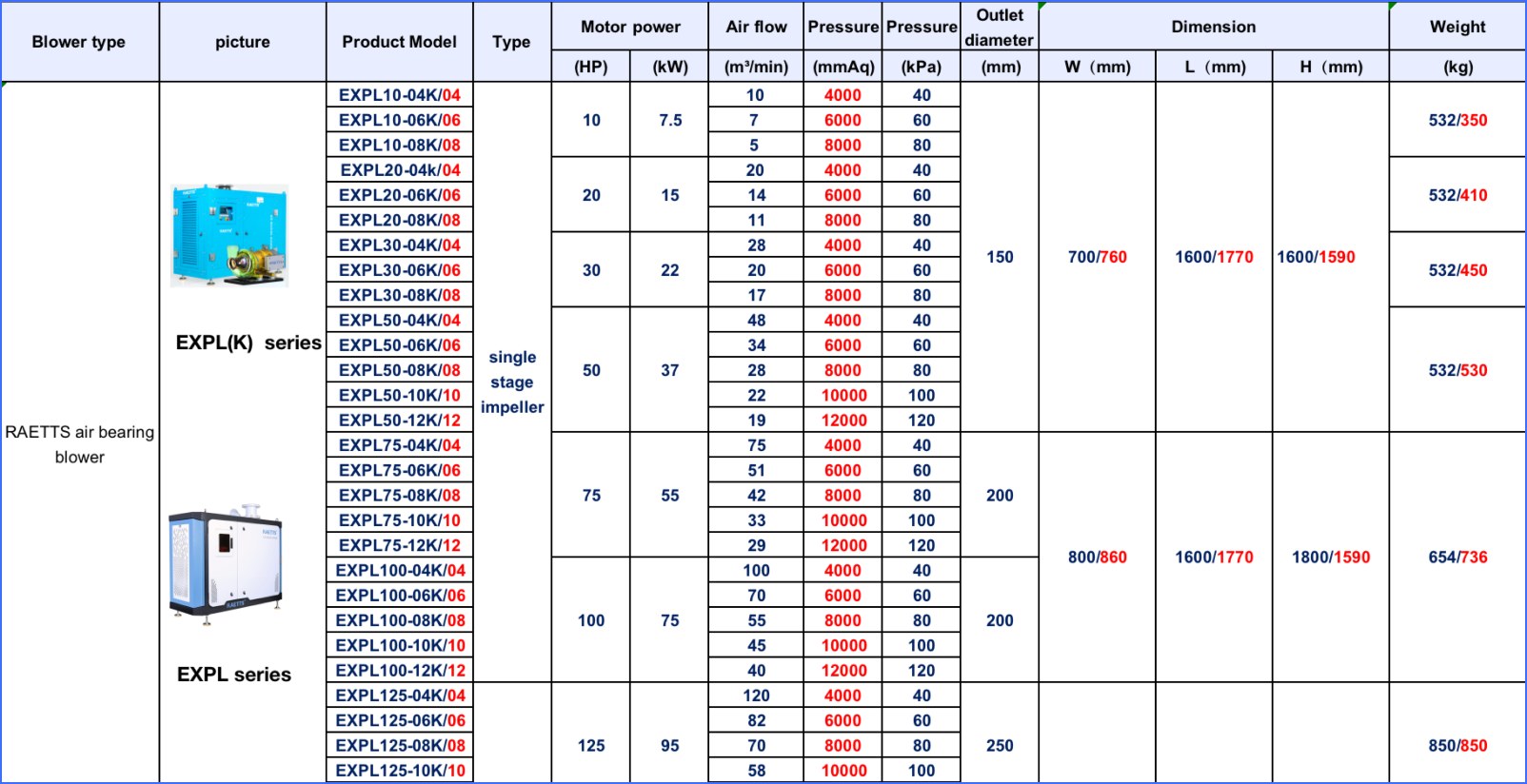
Air blower-An Ultimate FAQ Guide:
2.How to troubleshoot common issues with an air blower?
3.How does an blower air work?
4.What is the size of the air blower?
5.About blower air production management system
6.About blower air raw material procurement system
7.About the scale of blower air factory
8.About blower air raw materials
9.What Key Features Should You Look for in an Air Blower?
10.About blower air payment method
11.About blower air R&D capabilities
12.What is the operating temperature range of the air blower?
13.Which Industries Rely Heavily on Air Blowers for Operations?
14.About blower air MOQ
15.What material is used for the outer shell of the air blower?
16.About blower air customization services
17.About blower air quality system
18.What is the operating voltage of the air blower?
19.What are the maintenance requirements for an blower air?
20.How has air blower technology evolved over time?
21.About blower air air blower origin
22.How long is the service life of an blower air?
23.What Are the Common Noise Levels Associated with Different blower air Models?
1.About the development history of blower air factory
RAETTS was set up in the year of 2011,the first product is super series high speed centrifugal blower(belt-drive type).The second product is developed in 2014,it is the direct-drive type high speed centrifugal blower,higher efficiency than belt-drive type.Both of this two blowers are used as the air source of the air knife drying systems.The air bearing blower was developed in 2018 and maglev turbo blower was developed in 2019.In 2020,we developed turbo compressor,which is to meet different applications which need higher pressure.
2.How to troubleshoot common issues with an air blower?
1. Check the power supply: Make sure the proper voltage is being supplied to the air blower and that any wiring is properly connected and secure.
2. Check the air filters: Check the filters inside the blower for any dirt or debris that may be blocking air flow. If the filters are dirty, clean them with compressed air or a soft brush.
3. Inspect the fan: Check the fan blades for any damage or distortion which could be causing sub-optimal performance and possibly even noise. If the blades are damaged, replace them with new ones.
4. Check the exhaust port: Check the exhaust port for any blockages that could be restricting airflow.
5. Run a diagnostic test: If the air blower isn’t working correctly, try running a diagnostic test to identify any potential errors. Depending on the model of the machine, this may be done with a computer diagnostic tool or a battery or electric screwdriver.
6. Lubricate the air blower: If the blower is not getting any air flow, check the motor to ensure that it is lubricated properly.
7. Inspect the belts: Check the belts that drive the blower to be sure that they are tight and not worn or frayed.
3.How does an blower air work?
The main structure of the air blower is including motor,shaft,bearing and impeller.When the motor is running,it will drive the shaft to run,then shaft drive bearing to run,then bearing drive the impeller to run.After the impeller runs,it will generate a vacuum area surrounding the impeller and suck the surrounding air inside.Then the air will be compressed by the impeller and discharged outside.
4.What is the size of the air blower?
The air blower size and power depend on the application for which it is used for. Generally, midsize air blowers range from 3-4 to 7-8 horsepower (hp) for small workshops. For large workshops and industrial applications, air blowers with a power of 10 to 20 hp are used. The size of the air blower also depends upon the amount of air flow it needs to generate. Low-power air blowers have a capacity of 100 CFM (cubic feet per minute) and high-power air blowers can range from 600 to over 5,000 CFM.
In addition to the horsepower and air flow measurements, the size of the air blower is determined by its structural dimensions. It includes the width, length, depth and height. Though, small and large air blowers have the same horsepower and air flow, the frame sizes vary. Smaller, more compact blowers are typically more maneuverable and are ideal for operations where space is limited. This makes them more desirable for professional mechanics, hobbyists, and woodworkers. Medium-size air blowers have larger frames, providing higher airflow but have limited maneuverability. This makes these blowers more suitable for large workshops and industrial applications.
The size of the air blower also depends upon its efficiency and portability. Smaller air blowers are lightweight and more efficient in terms of energy consumption compared to larger models. This is the reason why mechanical workshops prefer smaller air blowers as they can be easily placed and adjusted in tight spaces. On the other hand, large blowers require large wall outlets and a large area of operation. Their motors also require more power, which is reflected in their greater energy consumption.
5.About blower air production management system
RAETTS use 6S system to manage the production,we also have enviromental management system certificate ISO14001:2015 and occupational health and safety management ISO45001:2018
6.About blower air raw material procurement system
RAETTS uses ERP management system to manage the suppliers and follow the raw materials production state.
7.About the scale of blower air factory
For now,RAETTS has 3 factory:
Ganzhou standard product production base:30000m2;
Dongguan R&D product production base:20000m2;
Germany production base:2000m2;
8.About blower air raw materials
RAETTS air blower impeller in made of aluminum alloy,enclosure material is carbon steel,rotor material is cast iron.If customers need other special materials,we can also customized according to customers requirements.
9.What Key Features Should You Look for in an Air Blower?
1. CFM: Make sure that the air blower you choose has the correct CFM (Cubic Feet per Minute) ratings to meet your needs.
2. Power: If you need to move air quickly and efficiently, look for an air blower with a higher power output.
3. Portability: If you need to take your air blower to different sites, choose one with built-in portability and handles.
4. Safety Features: Ensure the air blower has built-in safety features such as an automatic shut-off in case of overheating.
5. Price: Consider your budget when searching for an air blower as prices can range from a few dollars to several hundred.
10.About blower air payment method
RAETTS accept payment by T/T(30% advance payment,70% before shipment)
11.About blower air R&D capabilities
RAETTS R&D team has more than 20 people,the chief team leader worked for BYD before,and the technique of whole team is supported by Xi’an Jiaotong University.
12.What is the operating temperature range of the air blower?
The operating temperature range of an air blower varies depending on the type and size of the blower. Generally, air blowers can operate at temperatures ranging from 40°F (4.4°C) to 250°F (121°C).
Smaller air blowers, such as those found in computers and electronic systems, operate within a much smaller temperature range. These systems typically run between 0°F and 140°F (-17.7°C and 60°C).
Large air blowers, such as those used in industrial or commercial settings, have a much wider operating temperature range. These systems can handle temperatures up to 500°F (260°C). At these temperatures, it is critical to monitor both the air blower and the actual output to ensure the system is not overworking or underperforming.
When designing an air blower system, it is important to select components that are rated for the particular operating temperature ranges. Components made out of materials that can withstand high temperatures, such as nickel-plated brass or stainless steel, are typically best suited for long-term use.
Since air blowers are intended for use in various temperature extremes, it is important to account for any potential changes during operation. Increases in air temperature can lead to decreased performance, while decreases in air temperature can result in decreased output.
Furthermore, all air blowers should be operated within a safe range of temperature to avoid any potential damage to the blower or the surrounding environment. For this reason, regular monitoring of the system should always be conducted to ensure the health and safety of everyone involved.
13.Which Industries Rely Heavily on Air Blowers for Operations?
1. Manufacturing
2. Mining
3. Agriculture
4. Automotive
5. Food Processing
6. Plastics
7. Construction
8. Ventilation
9. Foundries
10. Powder Technology
14.About blower air MOQ
Normally our MOQ for air blower is 1 set
15.What material is used for the outer shell of the air blower?
The outer shell of an air blower is typically made of a variety of materials, depending on its intended use. For example, some air blowers are designed specifically for a particular environment and require a specific shell material to protect it from corrosion and wear.
For instance, a commercial air blower used in the automotive industry might be made from stainless steel or other metals that can withstand extreme temperatures, while a laboratory air blower used for scientific experiments may be made out of aluminum.
For applications where an air blower is expected to operate in outdoor or wet conditions, polyester or heavy duty polyvinyl chloride (PVC) is usually the shell material of choice. These synthetic materials are waterproof, durable, and resistant to corrosion, making them a popular choice for protecting air blowers that are exposed to the elements.
For long life, air blowers made with a plastic shell are often reinforced with aluminum or steel to ensure a rigid, lightweight housing. Plastic also provides insulation against heat and sound, making it a great choice for air blowers that will be used in high-noise areas.
Finally, some air blowers feature housings made from a composite material, which combines plastic and metal together to offer a lightweight, yet rugged construction. This combination makes a composite shell ideal for air blowers that are required to operate in wild environments or under extreme conditions.
Regardless of whether a air blower features a metal, plastic, or composite shell, all of these materials offer protection for the delicate components within, helping to ensure reliable performance in any environment.
16.About blower air customization services
RAETTS has more than 20 peoples R&D team,which can help customer to do customization for the air blowers to meet the different applications
17.About blower air quality system
RAETTS has quality management system certificate ISO9001:2015 and enviromental management system certificate ISO14001:2015.
18.What is the operating voltage of the air blower?
The operating voltage of an air blower typically depends on its size and power output. Most air blowers are designed to run on either 110V or 220V AC power. For example, a larger blower with more power may require a 220V power source while a smaller blower with less power may only need 110V. Additionally, it is important to note that many air blowers have both 110V and 220V models, and the user should choose the right model to match the existing power infrastructure of the given application.
19.What are the maintenance requirements for an blower air?
Different types of air blowers have different maintenance requirements,for traditional roots blower,end users need to add oil for lubrication,replace the ball bearing and change the air inlet filter periodically.But for turbo blower,the maintenance is quite easy and convenient,end users only need to change the air inlet filters 1-3 months.
20.How has air blower technology evolved over time?
Air blower technology has evolved over time in many ways to make it more efficient, reliable, and cost-effective. Since the beginnings of air blower technology, blowers have become more tenacious and lighter due to the advent of composite materials and improved engineering techniques.
Initially, most air blowers were powered by combustion engines, typically gasoline or diesel. Despite their efficiency, combustion engines pose a number of potential safety hazards and may be expensive to run. Today, the majority of air blowers are powered by electric motors, sometimes referred to as “turbo” motors, which provide more power with greater energy efficiency.
As far as performance is concerned, most air blowers now feature variable-speed control, which allows users to adjust the airflow output to fit the requirements of the job. Variable-speed control not only makes air blowers more efficient but also reduces the amount of time needed for repairs and maintenance. Additionally, many air blowers today are manufactured with eco-friendly designs that help to reduce energy consumption.
To meet the needs of the commercial market, air blowers are now built with advanced features such as digital temperature control and pressure gauges. This allows users to precisely set the desired temperature and pressure for their applications, while other features like low-noise motors make them easier to operate in quiet environments.
Air blower technology continues to improve, and manufacturers are now putting out models capable of speeds up to 15,000 RPM. This high level of performance helps to increase the efficiency of an air blower’s airflow, resulting in a faster work rate and even greater energy savings.
Overall, air blower technology has seen tremendous improvement over the years, from combustion engines to digital temperature control and high-speed motors. These advancements have helped to bring air blowers into the modern age, offering users greater ease of use and energy efficiency.
21.About blower air air blower origin
RAETTS air blower is made in China and made in Germany,we have factory both in China and Germany.
22.How long is the service life of an blower air?
The service life of an air blower can vary greatly depending on how it is used and maintained. Generally speaking, the life expectancy of an air blower can range from 10 to 20 years, but it can be extended significantly with proper maintenance.
One of the most important elements to ensuring the life of an air blower is proper installation. Before installation, it is important to consult with the manufacturer and ensure that the installation environment is adequate and not overly humid or dry. If the air blower is going to be exposed to any sort of corrosive or caustic atmosphere, additional measures such as protective coatings should be taken to reduce the potential for damage.
Regular maintenance is essential when it comes to air blowers. It is recommended that all filters be checked and changed every 6 months, and that any loosened mounting hardware should be re-torqued. Additionally, oil and grease should be applied to any moving parts to help reduce friction and extend its life.
The air blower should also be regularly inspected to ensure that the blades, bearings, and motors are undamaged and working properly. If any part of the air blower is not functioning correctly, it should be serviced immediately to ensure that it continues to operate efficiently and not risk any further damage to the machine.
Finally, it is important to note that the life of an air blower can be drastically reduced if it is misused or overworked. It is important to always use the blower within the limits recommended by the manufacturer to ensure that it has the proper service life. By following these recommendations, an air blower should last for at least 10 to 20 years, depending on the environment and how well it is maintained over time.
23.What Are the Common Noise Levels Associated with Different blower air Models?
The noise levels associated with different air blower models depend largely on the size and operating speed of the blower. Smaller blowers tend to be quieter than larger ones. Generally, blowers with higher operating speeds will produce more noise than those running at lower speeds.
Centrifugal blowers tend to be the loudest of the three main types of air blowers. An air blower model with a 2-5 horsepower rating typically produces between 60 and 85 dB(A). Larger models with 5-10 horsepower ratings can usually produce between 75 and 100 dB(A).
Axial flow blowers are typically quieter, with an air blower model with a 2-5 horsepower rating usually producing between 50 and 75 dB(A). Models with 5-10 horsepower ratings usually produce between 65 and 90 dB(A).
Regenerative blowers are the quietest of the three main types of air blowers. An air blower model with a 2-5 horsepower rating usually produces between 45 and 70 dB(A). Models with 5-10 horsepower ratings usually produce between 55 and 85 dB(A).
It is important to note that noise levels associated with air blower models can vary significantly based on the design of the blower, the efficiency of the motor, and the environment in which it is operating. For instance, more efficient motors tend to generate less noise, and the noise levels generated by a blower can increase when it is operated in an environment with poor ventilation.

